Marine Gardens to Bloomsbury Place
Please note that this text is an extract from a reference work written in 1990. As a result, some of the content may not reflect recent research, changes and events.
n) MARINE GARDENS: Formerly a service road for the grand houses of Charlotte Street. No.12 is a good example of an early-nineteenth-century, cobble-fronted house. No.14 was the home of actress Dame Flora Robson in the 1960s and ’70s.
p) BEDFORD STREET: The eastern side is lined with three- and four-storey houses; the narrow bowed no.17, probably by Wilds and Busby from the 1820s, and no.18 are listed. The road has a number of antique shops. {44}
q) BURLINGTON STREET: A road of two- and three-storey houses, some erected in red brick and flint in 1891. The bow-fronted nos.1, 4-7 and 23 are all listed and were probably built by Wilds and Busby in the 1820s {44}. No.25 has a plaque to ‘cheeky chappie’ comedian Max Miller. Born at 43 Hereford Street in 1895 as Thomas Sargent, Miller joined Billy Smart’s Circus and then went solo during the First World War. He lived in this house from 1948 until his death in 1963 {19,123,311}.
On the western side stood St Anne’s Church, built in the Decorated style in roughened stone by Benjamin Ferrey for Mrs Maria Cook, in memory of her son Revd James Churchill. Consecrated on 13 June 1863 by the Bishop of Chichester, the interior had a clerestoried nave and chancel with another chapel in the western aisle. The parish was combined with St George’s in 1979, and the church was closed in 1983 and demolished in March 1986 to be replaced by sheltered housing, St Anne’s Court. The church hall in St George’s Road was built in 1912 as a memorial to John Nixon, and is now used as a community centre known as ‘Kemptown Pier’. {1,45,65}
r) CRESCENT PLACE: Developed in the 1810s and ’20s, the eastern side is lined with three-storey houses. Nos.1-2, probably by Wilds and Busby, and nos.11-12 are listed buildings with bows and balconies. {44}
s) BLOOMSBURY PLACE: A road of four-storey houses, many with bows and ironwork balconies, developed in the 1810s and ’20s. Nos.1-13 and nos.16-31 are listed buildings, nos.16-18 forming the terminal view. {44}
Any numerical cross-references in the text above refer to resources in the Sources and Bibliography section of the Encyclopaedia of Brighton by Tim Carder.
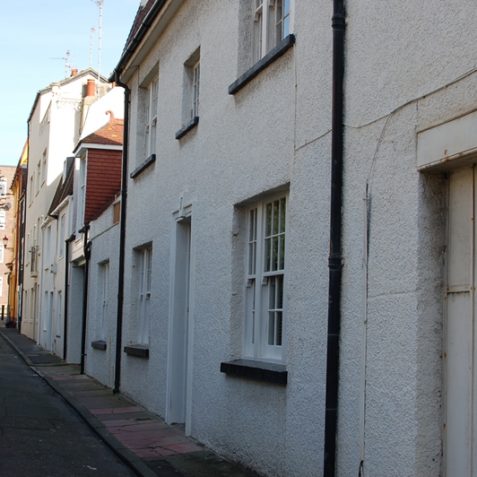
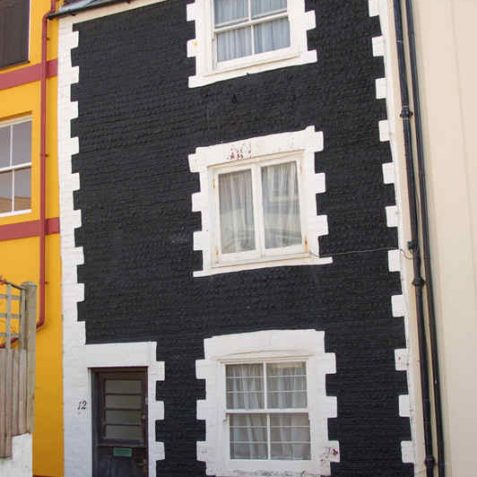
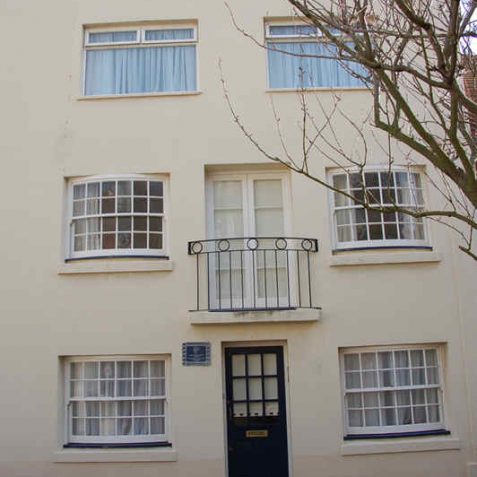
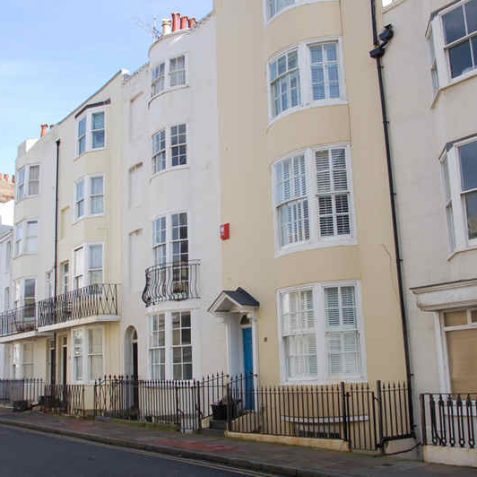
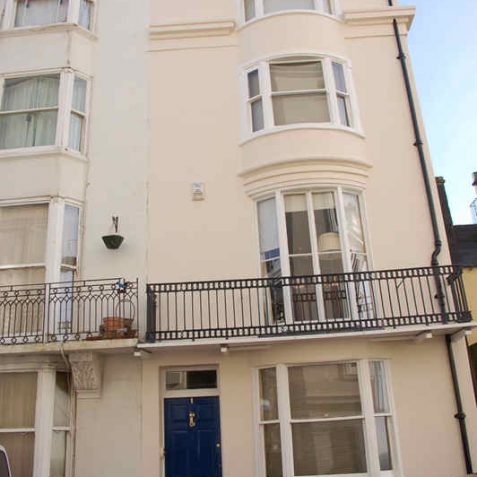
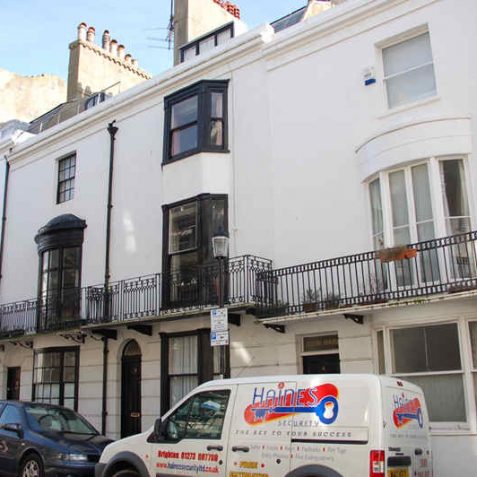



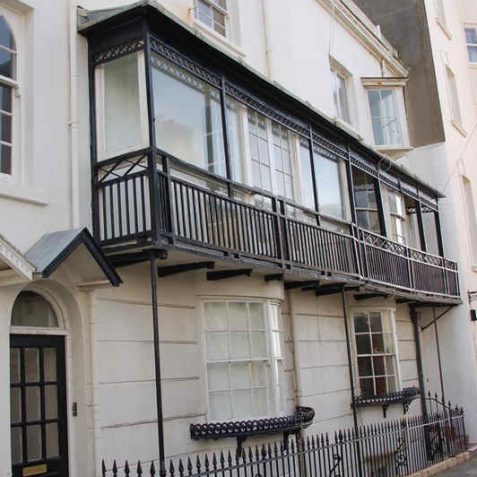





Comments about this page
My great grandfather lived in this house around the 1900’s
I sang in St. Anne’s choir from about 1934 till the church was demolished. My mother was church cleaner and as a toddler I followed her round with her mop and bucket. Witcombe, a teacher at Varndean was choir master, followed by Stanley Houlgate. Lovely church with fine sculptures. I suppose they made money when they knocked it down. Why, I don’t know, because they would never have demolished St. George’s which is a listed building. Some names of the choirboys: Jarman, Ford, Lynn, Hope, Ford, Valentine.
My grandfather’s name was on a WW2 memorial plaque in St Anne’s Church. Would anybody know what happened to this plaque when the church was demolished?
Stephen, it’s only a suggestion, but you could try making enquiries with St Mary’s Church, St James’s Street.
This isn’t Burlington Street. It is St George’s Road.
Add a comment about this page